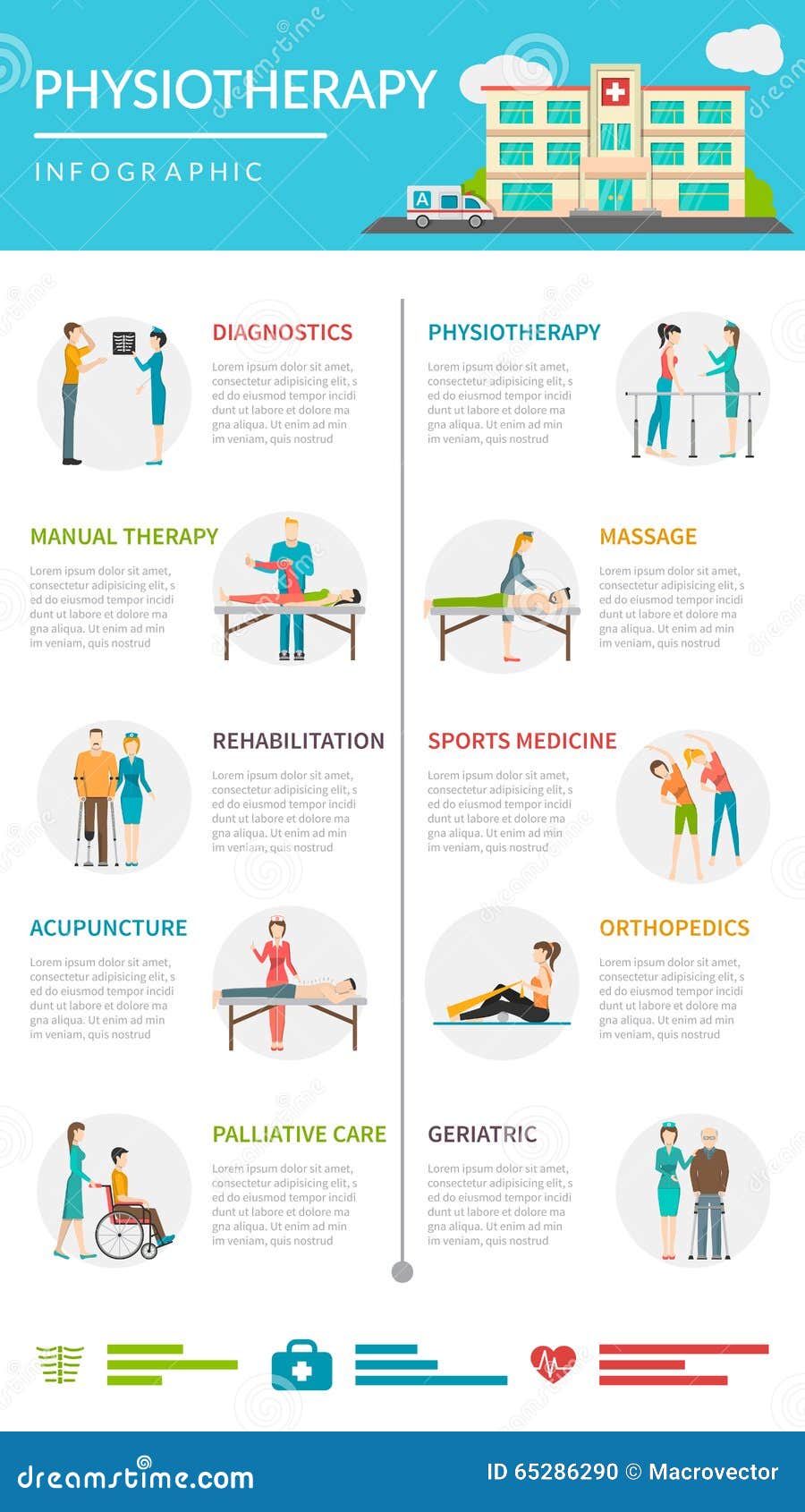The Top Daily Behavior That Add To Pain In The Back And Exactly How To Stay Clear Of Them
The Top Daily Behavior That Add To Pain In The Back And Exactly How To Stay Clear Of Them
Blog Article
Composed By- go to this website
Maintaining proper pose and preventing typical pitfalls in everyday activities can substantially affect your back wellness. From exactly how you rest at your desk to how you lift heavy objects, tiny changes can make a big difference. Picture a day without the nagging neck and back pain that prevents your every step; the solution could be easier than you assume. By making a couple of tweaks to your day-to-day habits, you could be on your means to a pain-free presence.
Poor Pose and Sedentary Way Of Living
Poor posture and a less active way of living are two significant factors to neck and back pain. When you slouch or hunch over while resting or standing, you placed unneeded pressure on your back muscles and spine. This can bring about muscle discrepancies, tension, and eventually, chronic neck and back pain. In addition, sitting for long periods without breaks or physical activity can compromise your back muscles and result in rigidity and pain.
To combat poor pose, make a mindful initiative to sit and stand right with your shoulders back and aligned with your ears. Bear in mind to maintain your feet level on the ground and prevent crossing your legs for prolonged periods.
Integrating routine stretching and reinforcing exercises into your day-to-day routine can additionally assist enhance your posture and ease pain in the back related to a less active lifestyle.
Incorrect Training Techniques
Improper lifting techniques can dramatically contribute to back pain and injuries. When you raise hefty items, keep in mind to bend your knees and use your legs to lift, as opposed to depending on your back muscular tissues. Avoid turning your body while lifting and maintain the object near to your body to reduce pressure on your back. It's vital to maintain a straight back and avoid rounding your shoulders while lifting to prevent unnecessary pressure on your spinal column.
Constantly assess https://augustafreepress.com/chiropractic-treatment-ways-of-treating-a-pinched-nerve/ of the things before raising it. If it's also heavy, ask for aid or usage tools like a dolly or cart to carry it safely.
Keep in mind to take breaks during lifting jobs to provide your back muscle mass a chance to relax and stop overexertion. By executing appropriate lifting methods, you can prevent pain in the back and lower the danger of injuries, ensuring your back stays healthy and solid for the long-term.
Absence of Routine Exercise and Extending
An inactive way of life lacking routine workout and stretching can significantly contribute to pain in the back and discomfort. When you do not take part in physical activity, your muscles come to be weak and inflexible, leading to poor stance and boosted strain on your back. Normal workout helps enhance the muscle mass that sustain your spine, improving stability and minimizing the danger of neck and back pain. Incorporating extending right into your regimen can also improve adaptability, avoiding stiffness and discomfort in your back muscles.
To prevent neck and back pain brought on by a lack of workout and stretching, go for at least thirty minutes of moderate exercise most days of the week. Consist of exercises that target your core muscles, as a solid core can aid relieve stress on your back.
Additionally, take breaks to stretch and move throughout the day, particularly if you have a workdesk task. Basic stretches like touching your toes or doing shoulder rolls can help alleviate stress and prevent neck and back pain. Prioritizing regular workout and stretching can go a long way in keeping a healthy back and lowering pain.
Conclusion
So, keep in mind to stay up straight, lift with your legs, and remain energetic to prevent neck and back pain. By making basic adjustments to your daily habits, you can prevent the pain and constraints that come with neck and back pain. Deal with your spine and muscle mass by practicing great position, appropriate training techniques, and routine exercise. Your back will thank you for it!
